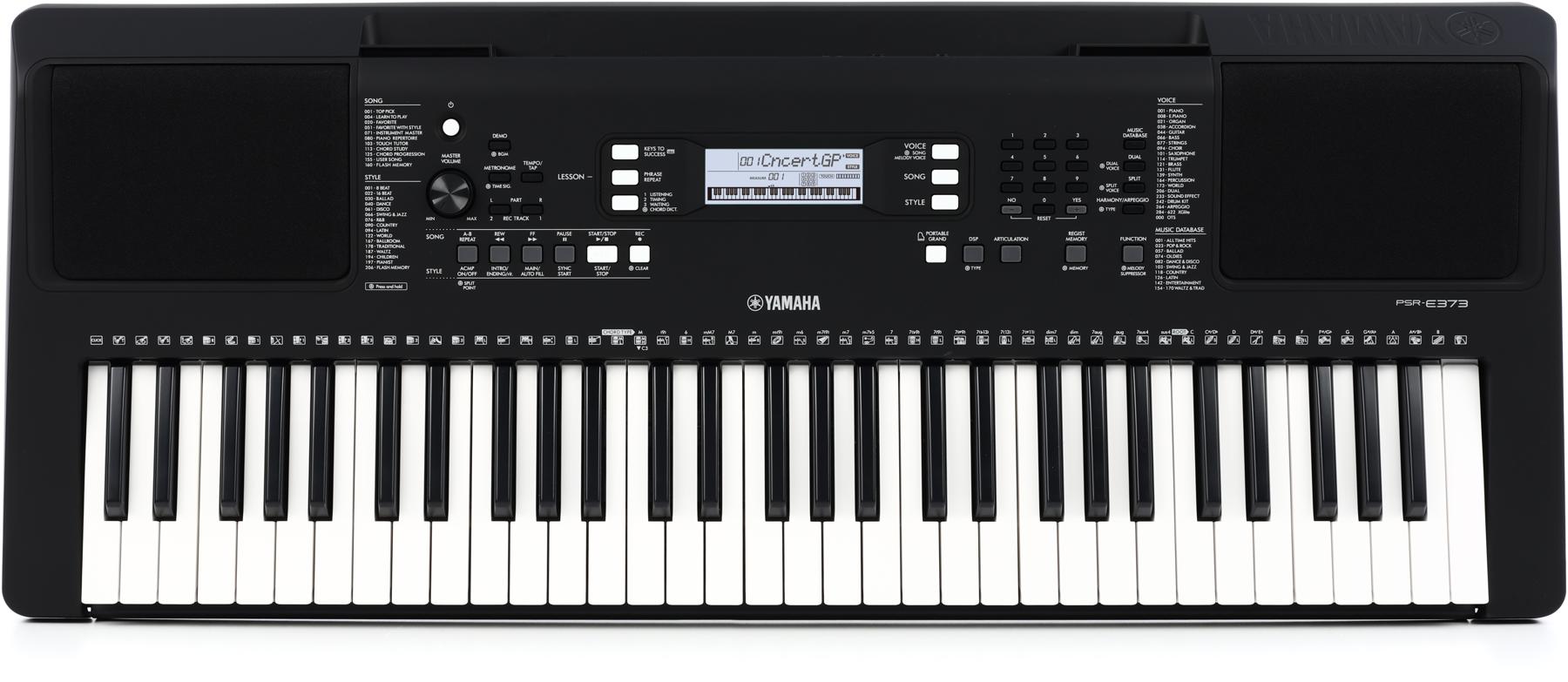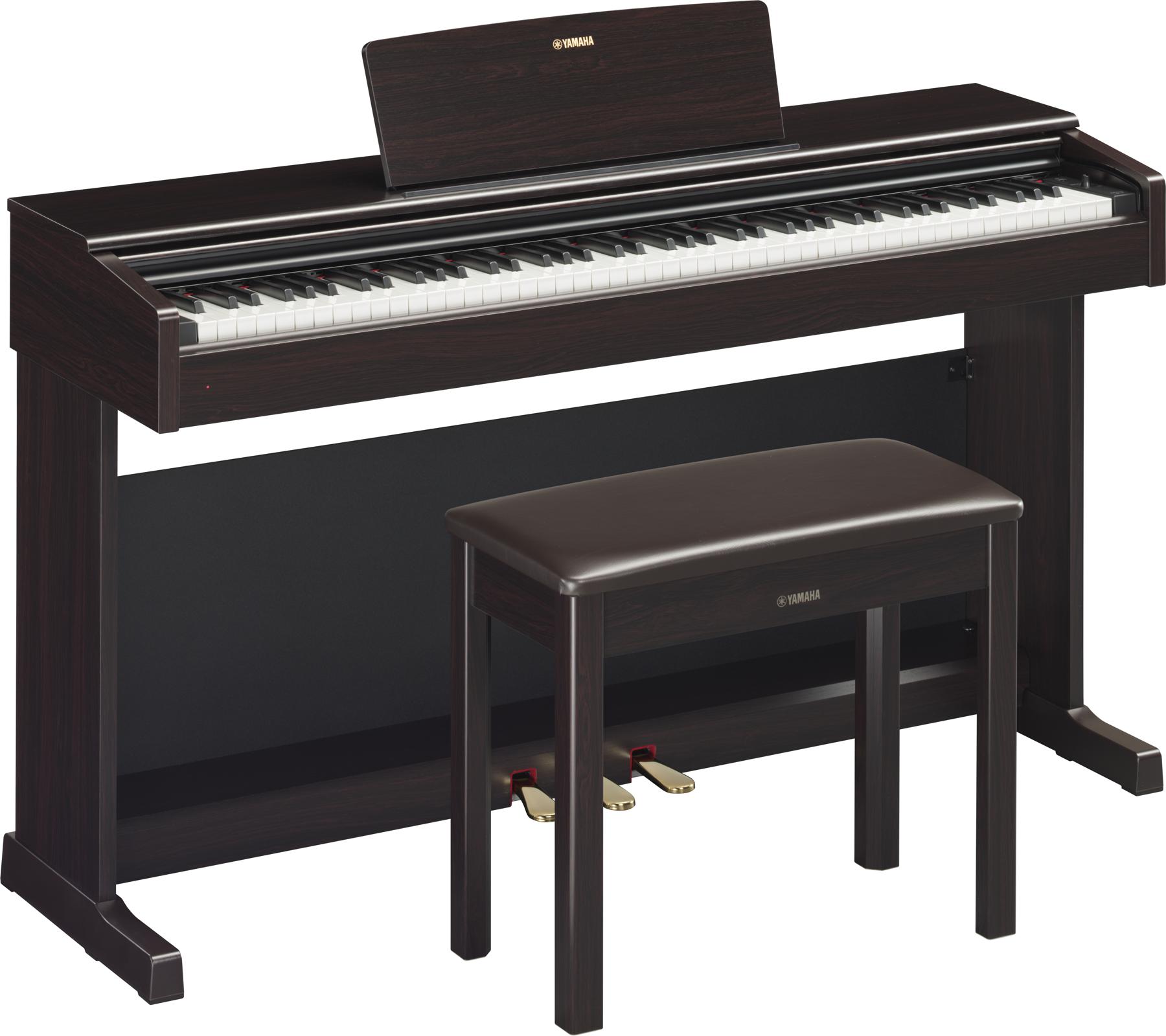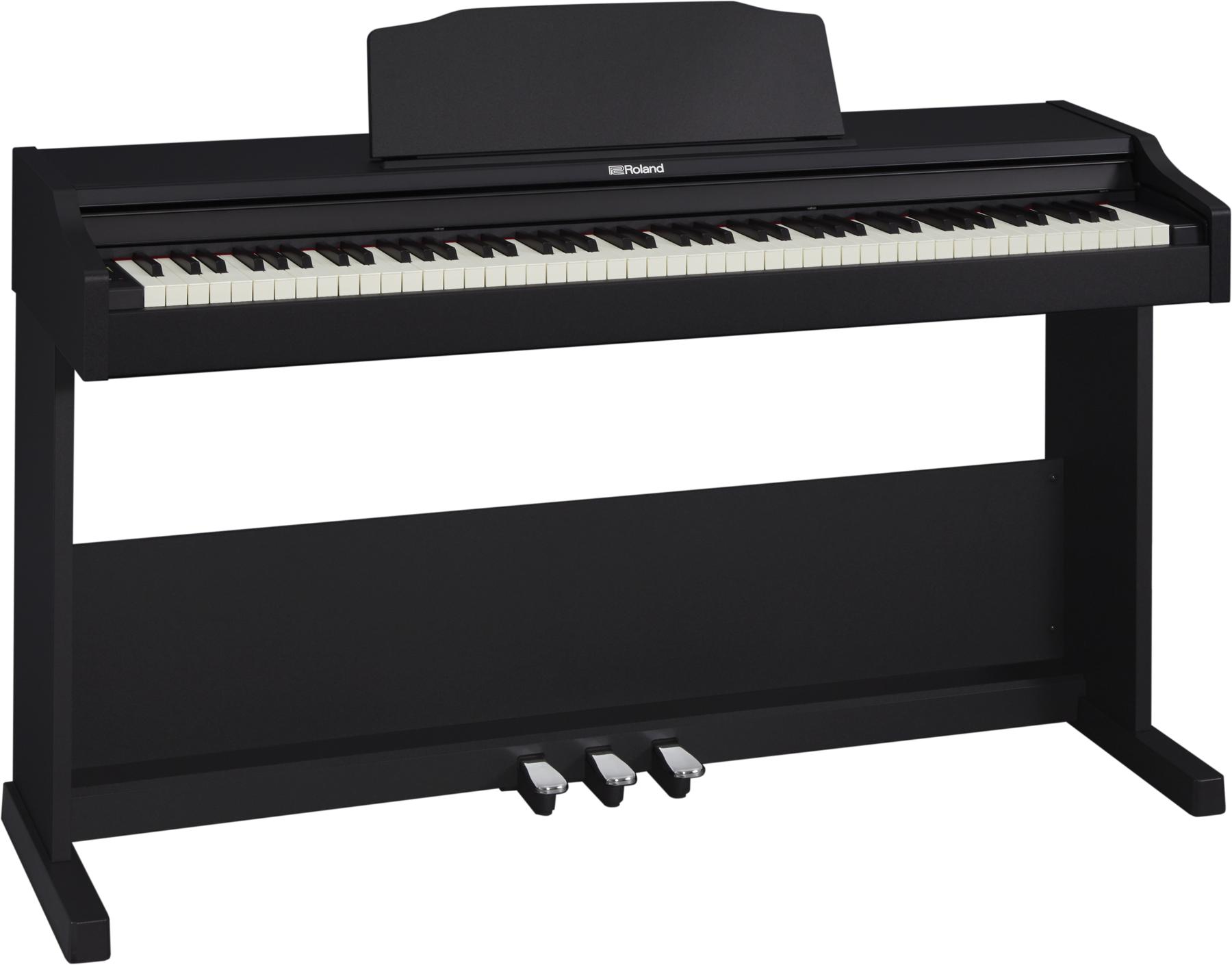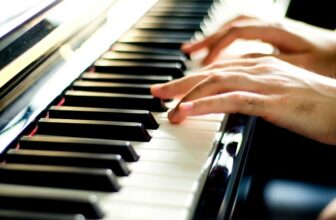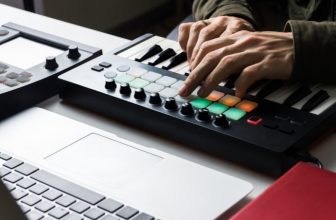Are Yamaha or Roland Digital Pianos Better?
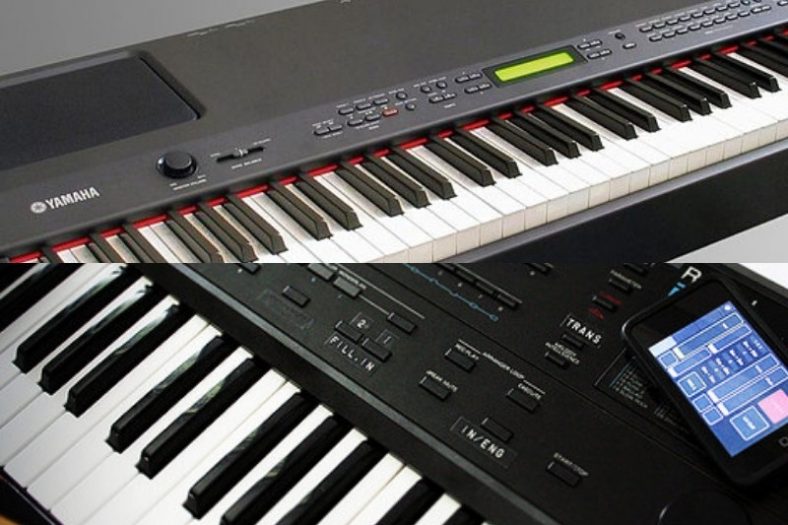
Choosing a digital piano is often a struggle when you are a beginner musician. There are great models today with different features and for different budgets. The confusion is usually choosing between the industry-leading brands, Yamaha and Roland.
Both brands are top-notch names on the digital piano market and offer tons of models for different needs and budgets. From simple entry-level designs to feature-packed versatile digital pianos, it is hard to go wrong with these two big names.
But which brand produces better digital pianos? My answer to this question is that it depends on your needs. Rather than generalizing the offerings of both brands, it should be examined on a model-to-model basis to find the ideal one.
Contents
Main Differences Between Brands
Roland and Yamaha are both industry-leading brands with high-quality instruments. As both brands offer a wide line of models for different needs, it is hard to highlight the differences between the two brands as both have many models with different features for different needs.
To give a round answer, I can say that Yamaha, as the biggest instrument producer in the world right now, is the best brand to buy a high-end state-of-the-art piano. The high-end Yamaha models play fantastic and sound close to an acoustic piano. The prices are also relatively affordable when compared to other brands.
However, Yamaha is not the first producer to come to mind when talking about synthesizers, new voices, and innovative modern technology. Instead, they are specialized in classical piano sounds.
On the other hand, Roland is one of the best brands for having a modern feature-packed instrument with a high versatility providing tons of different sounds. Roland is famous for its excellent synthesizers, used by many famous musicians. They provide a huge sonic versatility to push the limits of expression and creativity.
When it comes to classical piano sounds, Roland is also pretty successful. However, to me, they do not perform as well as the Yamaha sound in terms of classical piano. Also, Roland’s models are slightly more pricey compared to similar Yamaha models.
Entry-Level Digital Pianos
Yamaha PSR-E363 vs. Roland GO: PIANO 88
Yamaha PSR-E363 and Roland GO: PIANO 88 are similar entry-level models from the two different brands.
Yamaha offers 61 full-size touch-sensitive keys with a great range of tone presets and effects in a portable design. On the other hand, Roland’s model shines with its full-scale 88 full-size semi-weighted keys with adjustable touch sensitivity and 128-note polyphony function.
| Number Of Keys | 61 | 88 |
| Type of Keys | Full-size touch-sensitive keys | Full-size semi-weighted keys |
| Number of Sounds | 574 presets | 4 presets |
| Polyphony | 48-note | 128-note |
Overall, both models are entry-level options. For this case, I can say that Yamaha PSR-E363 offers more sonic versatility with tons of presets, effects, accompaniment styles, and arpeggiator. On the other side, Roland GO: PIANO 88 has better-feeling keys and a more feature-packed design with Bluetooth connection, more input-output ports, and better speakers.
Both instruments are relatively portable, while Yamaha is lighter and more compact. But, Roland is also quite light and compact for an 88-key digital piano.
Both models are great for beginners to get familiar with digital pianos and start to learn to play. While Yamaha offers more sonic versatility, Roland’s model has the full scale along with better-feeling keys. However, Roland’s model is slightly more pricey in this comparison.
Mid-level Digital Pianos
Yamaha P45 vs. Roland FP-30X
The mid-level offers from Yamaha and Roland are both high-quality digital pianos for beginners as well as professional players.
Yamaha P45 features 88 fully-weighted graded hammer action keys, which provides the authentic piano-key feeling amazingly. Roland FP-30X is a more feature-packed digital piano that shines with its sonic versatility as well as handy modern features.
| Number Of Keys | 88 | 88 |
| Type of Keys | Fully-weighted graded hammer action keys | Fully-weighted touch-sensitive keys |
| Number of Sounds | 10 instrument sounds (2 pianos) | 56 instrument sounds |
| Polyphony | 64-note | 256-note |
When compared, it is evident that Yamaha P45 is a better choice for players who want an authentic piano sound and feel. It is equipped with 10 natural instrument sounds with 2 great piano presets providing natural grand piano sound. It has 64-note polyphony, metronome, transpose, fine-tuning functions, and dual 6W speakers.
Roland FP-30X is a more all-rounder style digital piano which shines with its handy features and sonic versatility. It is equipped with 56 instrument sounds, a 1-track MIDI recorder, adjustable touch-sensitive keys, metronome, transpose, fine-tuning functions, and dual 11W speakers. Additionally, it has Bluetooth connectivity, which the Yamaha P45 does not have.
In comparison, Yamaha P45 is great for musicians who want a piano sound and feel, as it offers genuinely realistic acoustic piano sounds along with fully-weighted graded hammer action keys.
Roland FP-30X is a great choice for those who want a more versatile keyboard for MIDI recording and experimenting with different sonic features while enjoying the convenience and comfort some modern features bring, like the Bluetooth connection and powerful speakers.
Pro Digital Pianos
Yamaha YDP144 Arius Series vs. Roland RP102 88
Both Yamaha and Roland offer fantastic quality digital pianos if you have the budget for them. Yamaha YDP144 Arius Series shines with the fully weighted hammer standard (GHS) action keyboard and excellent grand piano sound.
Roland’s high-end offering Rolan RP102 88 is a remarkably versatile digital piano with Roland’s SuperNATURAL sound technology, over 200 preset sounds as well as handy features like Bluetooth connectivity.
| Number Of Keys | 88 | 88 |
| Type of Keys | Fully weighted hammer standard (GHS) action | Fully weighted PHA-4 standard key action with escapement |
| Number of Sounds | 10 instrument sounds (3 pianos) | 15 instrument sounds (4 pianos) |
| Polyphony | 192-note | 128-note |
Yamaha YDP144 Arius Series is aimed at piano players with its 10 instrument sounds (3 pianos), 50 preset piano songs and 10 demo songs, lesson functiıns to train both hands, metronome, transpose, and fine-tuning functions, as well as dual 8 W speakers.
The touch sensitivity of the keys can be adjusted, and the keyboard offers simulated sound nuances with damper, string, and key off-resonance. Furthermore, it has 192- note polyphony and a great feeling and looking pedal system. You can use the 2-track MIDI recorder and USB Audio Interface function to record some songs.
The Roland RP102 provides excellent features for players who are looking for sonic versatility and modern features. It has 88 keys with adjustable touch sensitivity and PHA-4 Standard key action, which feels great.
It has 15 instrument sounds (4 pianos) and 213 built-in songs to play with, 10 levels of ambiance and 21 levels of brilliance, SuperNATURAL piano sound, and 128-note polyphony. Just like the Yamaha YDP144, it has sound nuances with damper, string and key off-resonance, metronome, transpose, and fine-tuning functions.
The built-in speakers of Roland RP102 88 are a bit weaker in comparison as it has dual 6 W speakers. But, it has great sound quality and Bluetooth connectivity option, which Yamaha YDP144 does not feature.
For traditional piano players, Yamaha YDP144 Arius Series is an ideal choice, while players who are after more sonic versatility and modern use would be more satisfied with the Roland RP102 88.
Yamaha Digital Pianos
Yamaha is the most popular and the oldest piano brand that has the largest, most versatile range of digital pianos out there. The Japanese company produces amazing upright and grand pianos, which are used everywhere from schools to concert halls.
That is the main reason behind Yamaha’s achievement of producing incredible digital pianos with the feel and sound of acoustic pianos. They put a lot of attention to getting close to the mechanics, feel, and sound of a “real” piano when producing their digital piano models.
The shining star of Yamaha digital pianos is the feel of the keys. The piano-like graded hammer action is present on most Yamaha digital pianos, but the quality level differs from model to model. But, each instrument has a great deal of focus on touch.
Yamaha offers a model for every budget as their entry-level series, PSR-E range, starts from $200, and the high-end models like CVP-709GP go up to $15.000.
In any model, Yamaha digital pianos provide an excellent acoustic piano feel and sound in the price range. Yamaha is also a great choice as they give extended warranties, and if anything happens to your instrument, you can easily find replacement parts.
Roland Digital Pianos
Roland focuses more on music rather than just pianos, unlike Yamaha. The brand is considered one of the industry-pioneers with its innovative technologies driving the digital piano sector forward.
Roland only focuses on digital instrument models, contrary to Yamaha. They have a wide range of models, from stage pianos to console digitals and portable models. Their models are often feature-packed and provide high sonic versatility with high-quality parts and sturdy construction.
Unlike other brands, the feel of keys in Roland digital pianos is also quite good due to their innovative construction that simulates ivory, preventing your fingers from slipping off the keys. The high-end models feature PHA-50 key action, which has real wood in the center of the keys with the ivory feel outside.
Of course, all these innovations and high-quality construction come for a price, as Roland digital pianos are a bit more pricey than similar models from other brands.
Just like Yamaha, Roland also offers a long warranty with their models, and they are easy to get repaired if any unwanted damage happens to the instruments. As Roland is a widely global brand, it is easy to find spare parts in any country.
Conclusion
Well, as I have explained before, the question of which brand is better, Yamaha or Roland, has an answer heavily related to personal preferences. Both brands are industry-leading reliable digital piano producers that offer amazing products.
Although the ultimate answer to the question should be examined on a model-to-model basis, the bigger picture shows that Yamaha is more focused on providing the sound and feel of a traditional piano with modern touches in their digital piano models. They have great feeling keyboards like acoustic pianos along with great sound quality, again like acoustic pianos.
On the other hand, Roland’s digital pianos shine with their modern features that provide high sonic versatility and innovative solutions to musicians who want more than just a traditional piano in their digital piano workstation. They come equipped with many different instrument sounds, effects, presets, as well as handy features like Bluetooth connection, high-quality speakers, and extra functions.
Before everything, you would like a digital piano that matches your ability level and needs. So, you can check the models of both brands and decide according to your desires and needs. You can go with both brands as the models are highly durable and reliable; plus, they come with long warranty times to not let you down at any point.
Yamaha P-250 Featured Image (Top) by: Sirimiri, Attribution, via Wikimedia Commons
Roland Pro-E Intelligent Arranger Featured Image (Bottom) by: joshua_schnable, CC BY 2.0, via Wikimedia Commons

